Dear Editor,
In the September 2006 issue of your magazine there is, on page 42, an article about the Battle off Samar. The interview is excellent and the action of the Taffies, especially Taffy 3, was indeed magnificent, and probably beyond our power to fully describe and appreciate.
However, in the introduction to the article, the last sentence of the paragraph reads: “On that fateful afternoon, all that stood between the big Japanese guns and the defenseless transports was Taffy 3.” I have seen this statement or one like it in numerous presentations about this battle. It is wrong! With the transports were two fire support groups, the very force that had destroyed, just the previous night, the force coming through the Surigao Straits. This force consisted of six battleships, four heavy cruisers, four light cruisers, and 27 destroyers. Other destroyers and PTs were also available.
You may check some of the details of this by consulting Samuel Eliot Morison’s History of the United States Naval Operations in World War II, Vol. XII, Leyte—especially pages 294-296. (The Appendices list the ships involved.) Why Morison’s comments and information seem to be ignored (regularly) I have never understood. Even if you disagree with him, they should be noted.
Such claims that “All that stood in the way was Taffy 3” seem, at best, to be sloppy research and reporting; at worst, it is telling lies and rewriting history. I am extremely disappointed in sloppy editing that lets this get published. Don’t you think this should be corrected?
There are many “what ifs” that could be considered with this situation, but I will leave that to others. Let it be noted that Taffy 3—actually, all three Taffies—were in the way and gave a heroic account of themselves. They don’t need any “beefing up” of their action.
Kenneth C. Haydon
Eureka Springs, Arkansas
Cambridge Spy Ring
Dear Editor,
The news these days is that North Korea may test a nuclear weapon that can reach the West Coast of the United States. The “Top Secret” column in the September 2006 issue, about the Cambridge Spy Ring, ties into this. John Costello, in his 1990 book Mask of Treachery, says that at the outset of the Korean War, the English asked Truman if he would nuke the Chinese Communists if they entered the war. Truman said that he would not. Maclean passed this information on to the Chinese, who then fought us. So we did not conquer the North Koreans. That brings us (with Bill Clinton’s nuclear aid to them) to where we are today.
Philip F. Martin
Kempton, Pennsylvania
RAF’s Eagle Squadron
Dear Editor,
I would like to make a technical point concerning David Johnson’s very fine article on the Eagle Squadron in the September 2006 issue. On page 15, he states, “The Eagles were, after all, the first Americans to fight Hitler.” Obviously, he meant during World War II; however, four years before Pearl Harbor and two years before England entered the war, American volunteers of the LaCalle Squadron of the Spanish Republic Air Force were engaging Hitler’s airmen (the Condor Legion) in the skies over Spain. Of these combat pilots, Frank G. Tinker of Arkansas stands out as a true ace. Tinker shot down five German planes (three Heinkels and two Messerschmidts). The American volunteers flew mostly Polikarpov I-15 biplanes that more than held their own with the more modern German fighters.
Phil Milani
Barnegat, New Jersey
The Capture of U-505
Dear David Alan Johnson,
I read with interest your article dealing with the capture of U-505 (“High Seas Capture,” September 2006).
Some years ago, I toured the Museum of Science and Technology in Chicago where U-505 is exhibited. I remember that there was a sloping tunnel from the museum to the submarine and the captain’s quarters. A few weeks ago, there was a program dealing with U-505 on the Discovery Channel. It showed some former German sailors who had served on it touring the Chicago exhibit. If I recall correctly, Time magazine had an article on U-505 some years ago. The article said that Lieutenant David, who led the boarding party, had passed away, but it did not say whether it was in the war or from natural causes. I presume that U-505 was hidden until the end of World War II.
I served in peacetime in the 1950s aboard a Canadian frigate, HMS Swansea, which sank four U-boats during World War II. The Swansea was scrapped and its wheelhouse was on display in the old Canadian War Museum in Ottawa.
I toured U-190 in late 1945 when it was brought into Halifax harbor. I can recall the strange odor of cabbages and diesel oil in the sub. Unlike U-505, it was painted yellow and sent to the bottom of the Atlantic as target practice for Canadian naval guns. Later, it was revealed that U-190 had sunk a Canadian ship in April 1945 in the approaches to Halifax harbor with an acoustic torpedo. I believe that by 1943 the acoustic torpedo was no longer a serious threat to the Allied navies.
My uncle was a purser on three ships before World War II began. The ships served the Canadian-BWI export and tourist trade, traveling between Halifax and the West Indies before jet travel became available. They were called the “Lady” boats, the Lady Rodney, Nelson, and the third ship’s name escapes me. One of them, used as a troop transport, was torpedoed in the harbor at Kingston, Jamaica, in 1942. At least one of the sailors on the ship sunk by U-190 had served on the “Lady” boats prior to the war.
An American friend and colleague who served in the Navy during WWII told me that when word of an American submarine being sunk was received at Pearl Harbor, the bell on the base was tolled. I remember an article in the Saturday Evening Post which said that in the Pacific, the Japanese Navy did not adjust their depth charges properly and were not sinking American submarines. The article said that an American senator mentioned this publicly and the Japanese heard about it and fixed their depth charges. The article said 800 American naval personnel died because of his loose talk.
Thanks for a most interesting retrospective.
William J. Curran
Ottawa, Ontario, Canada
NOTE: Opinions expressed in “Dispatches” do not represent the opinions of the writers, editors, or staff of WWII History or Sovereign Media.
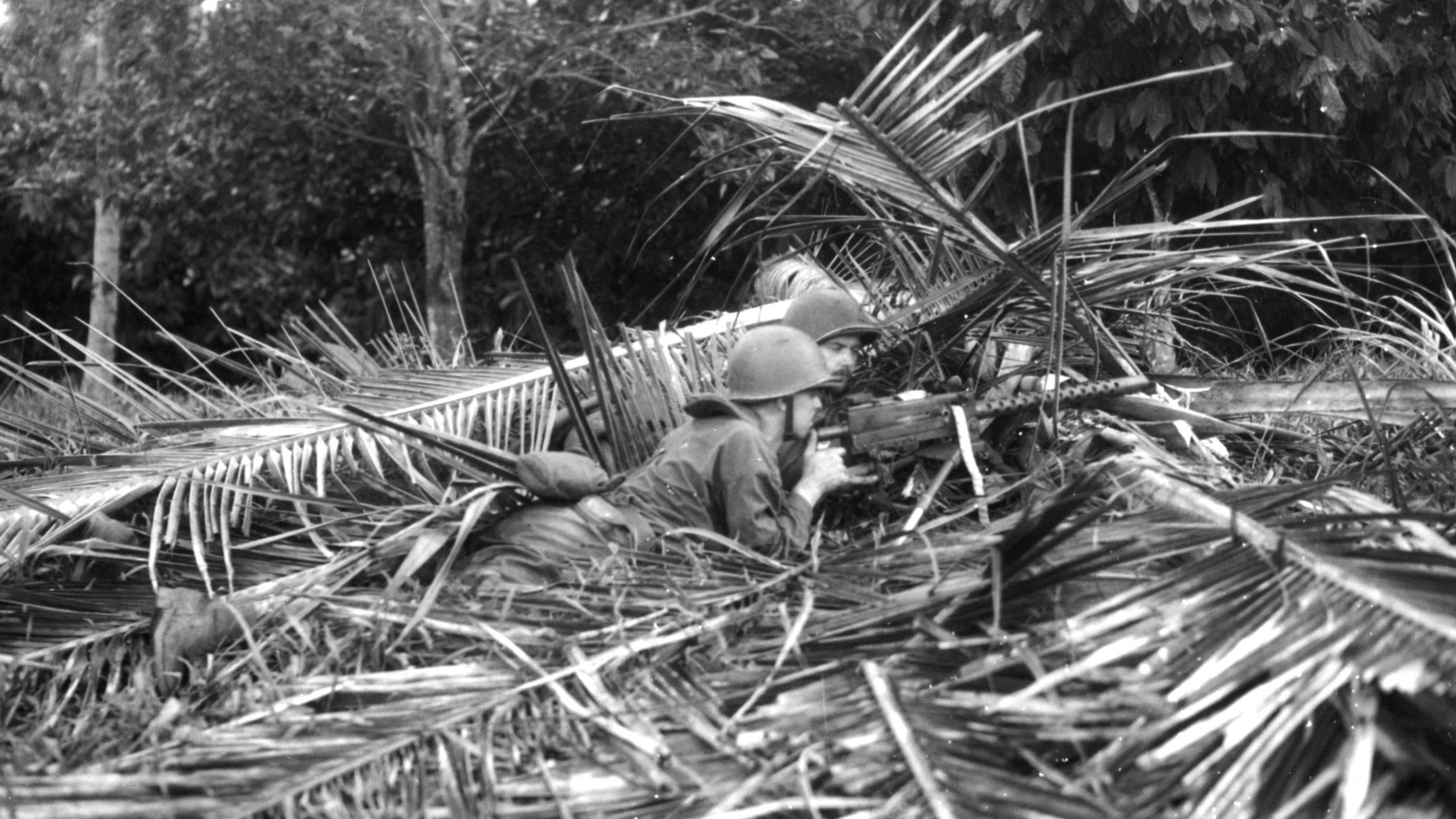
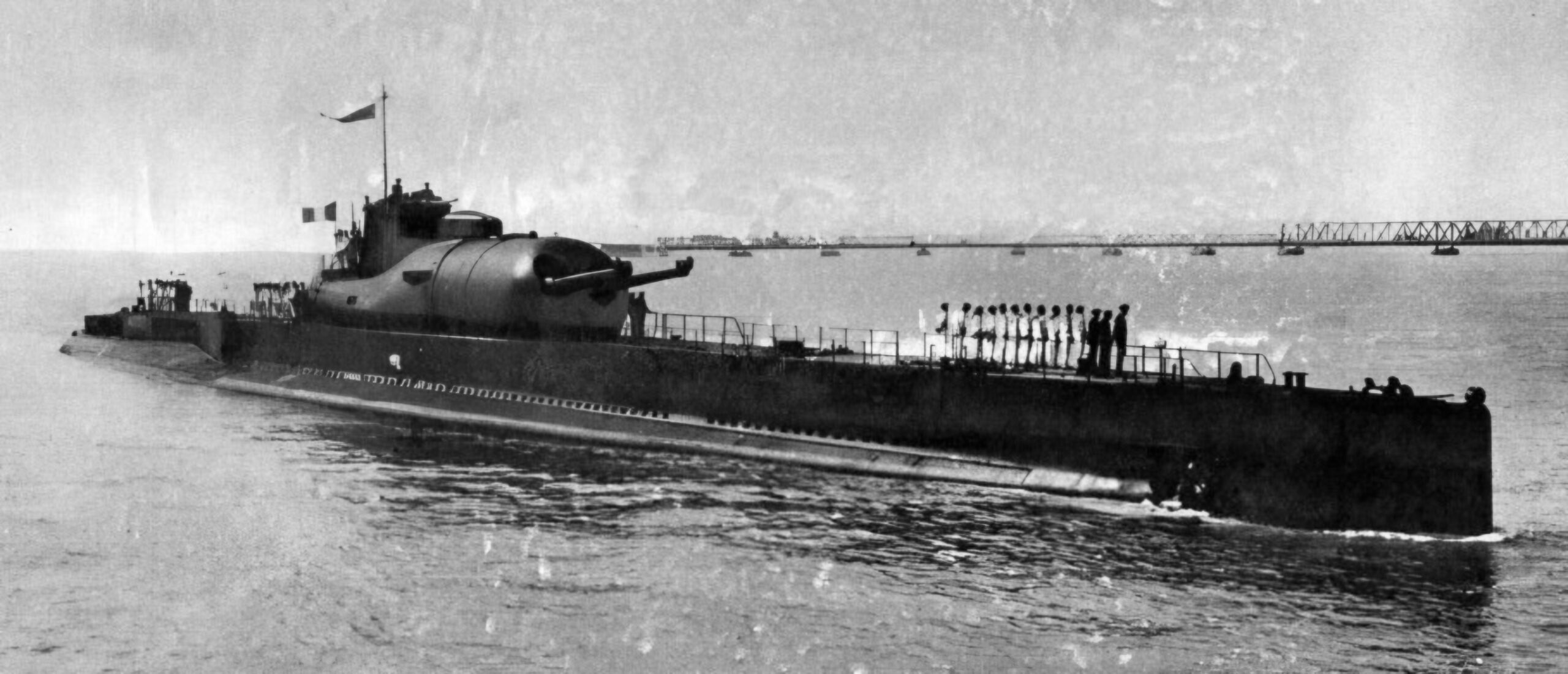
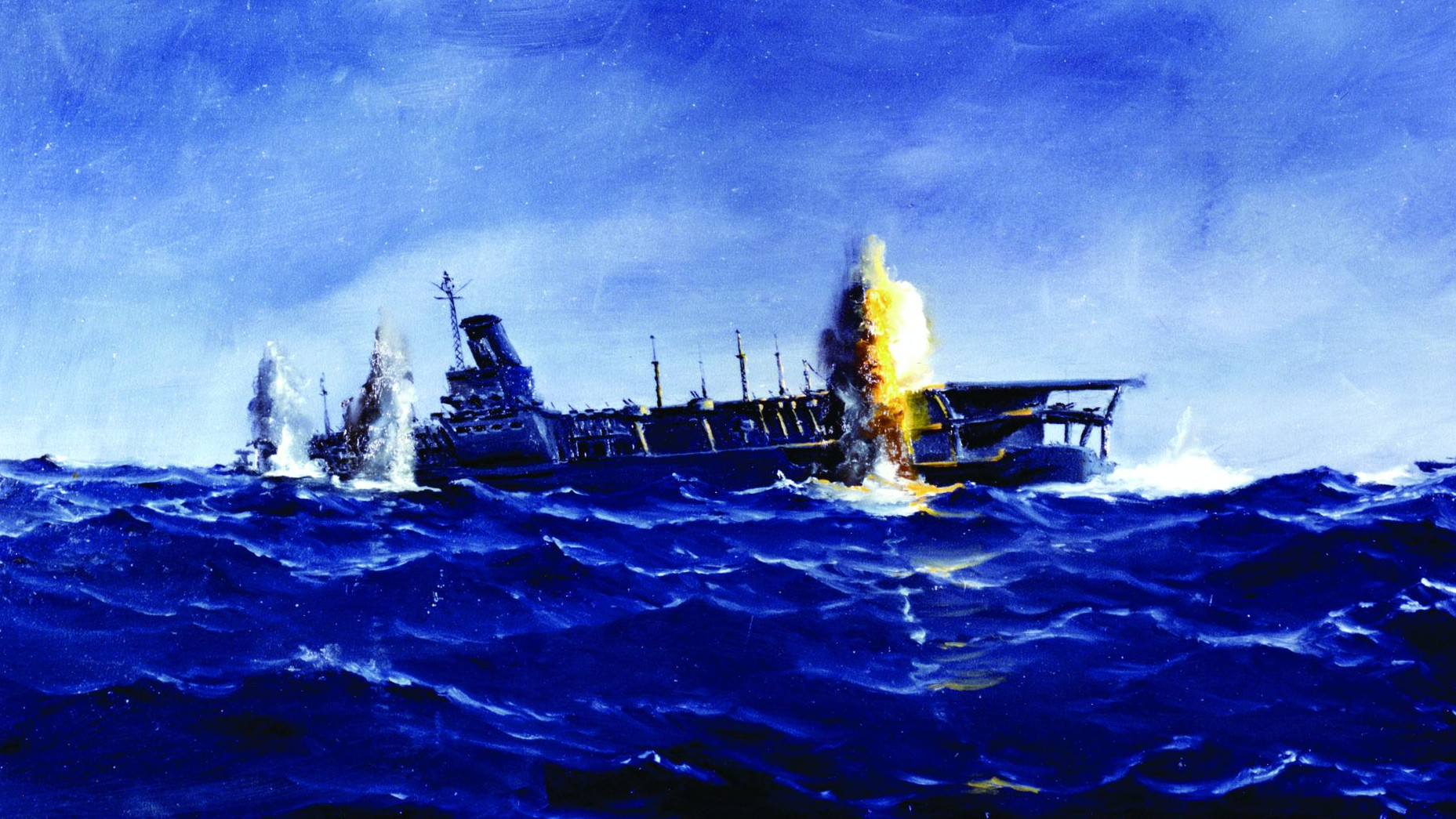
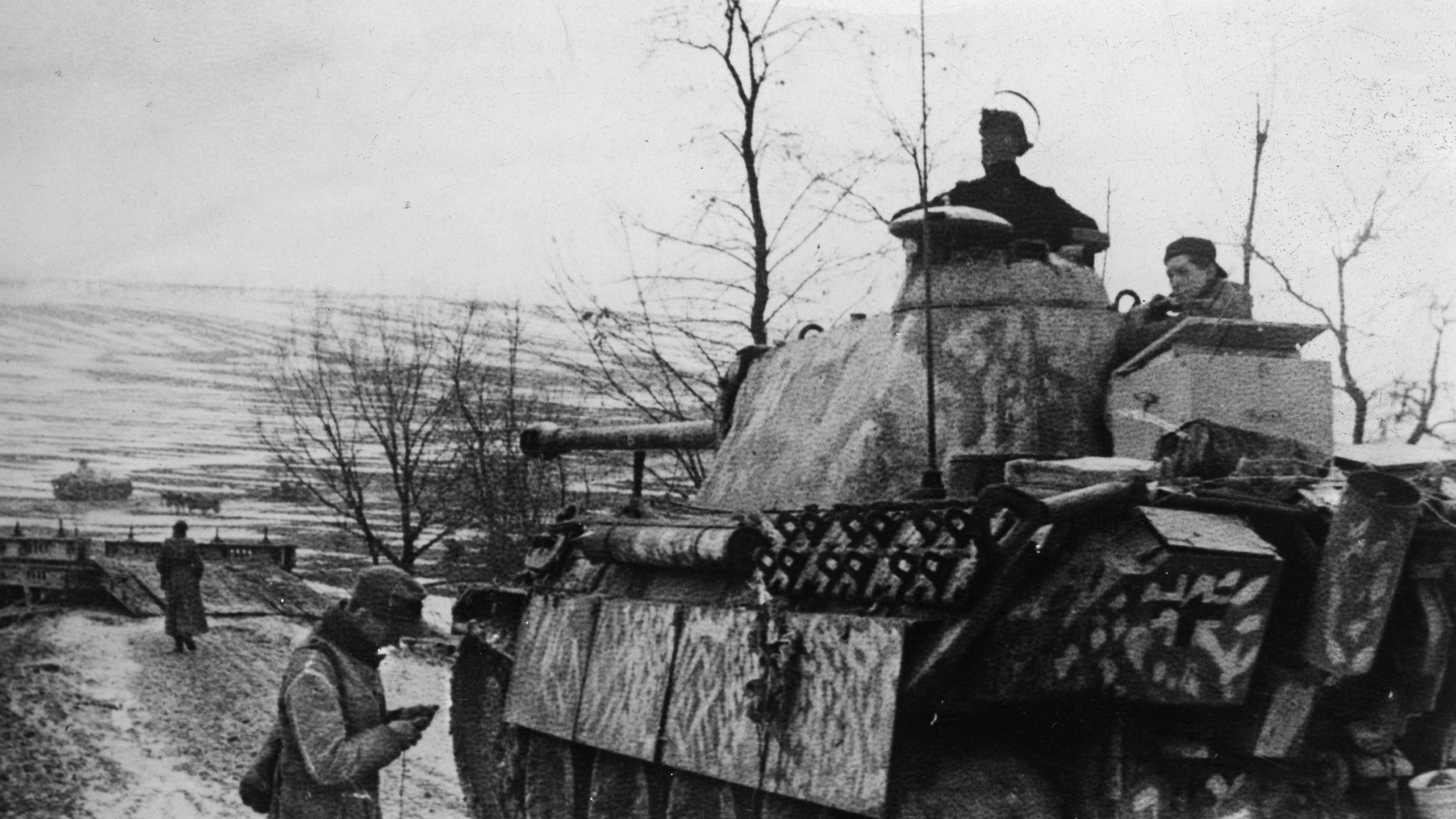
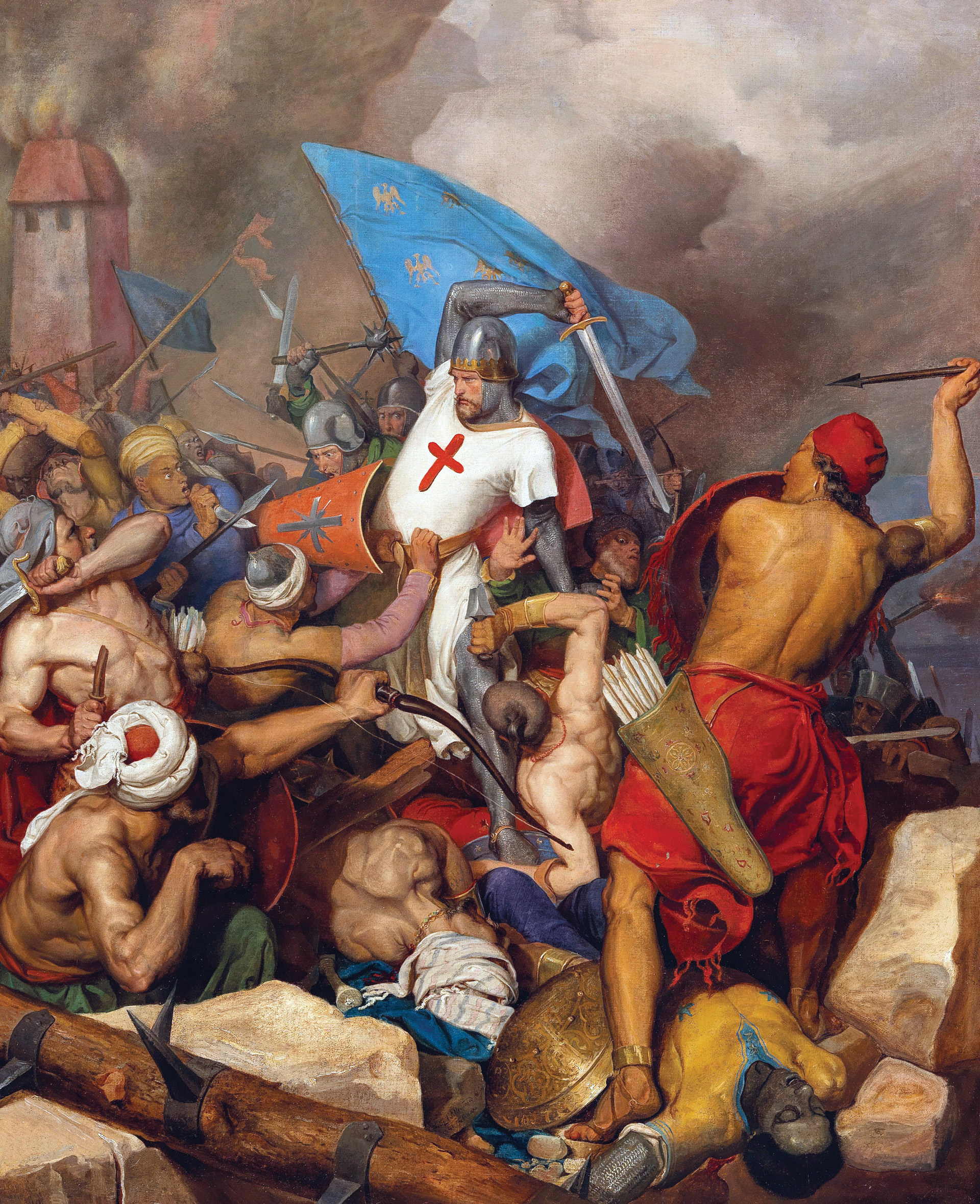

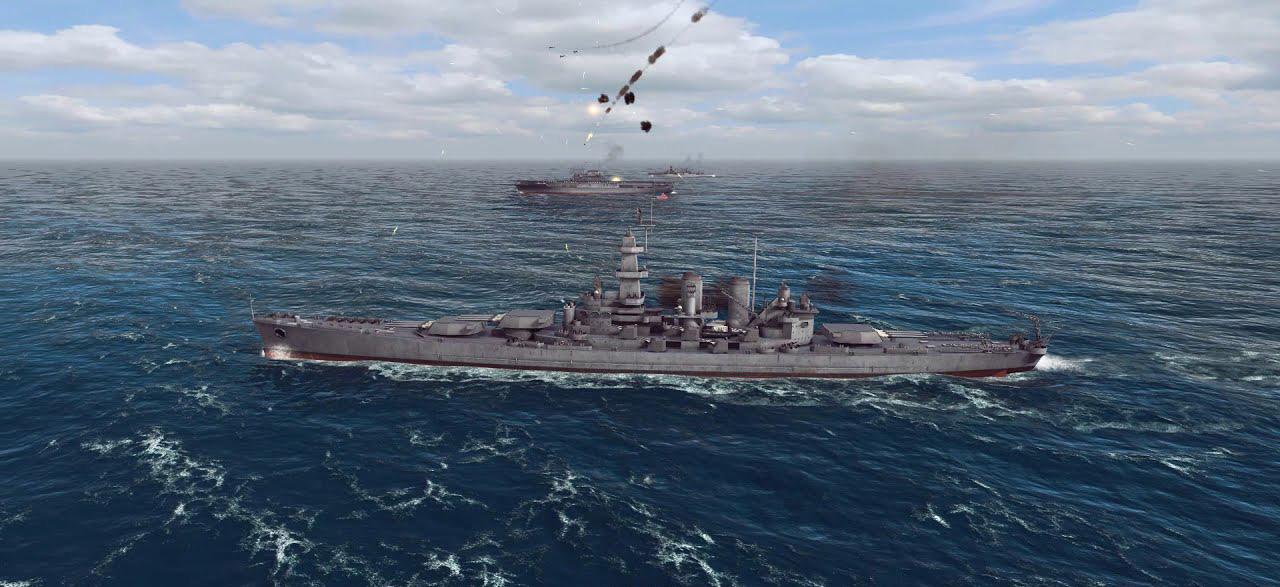
Join The Conversation
Comments